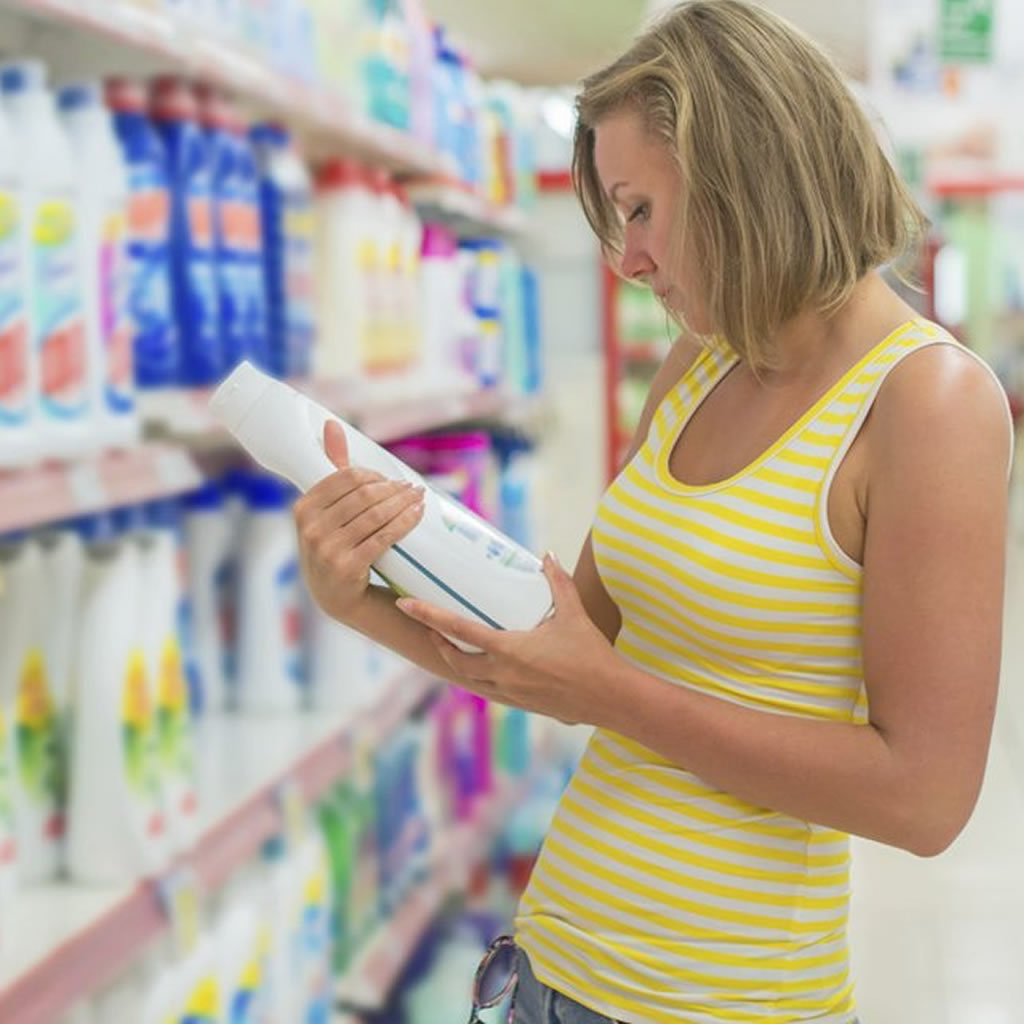When Clean is Dirty

When Clean is Dirty
This title seems to be a contradiction, but when you consider the synthetic chemical ingredients within most household cleaning solutions, the regular “house cleaning” can easily become a house poisoning. If you have small children it is even more of a hazard to keep conventional cleaning products under your kitchen sink.And if you or anyone in your family suffers from asthma or other respiratory problems, it’s important for you to consider all the factors that affect your indoor air quality. The two primary sources of indoor air pollution are the materials used to construct the building itself including the furniture in it, and the chemical products you bring into your home.
Many consumer cleaning products release volatile organic compounds (VOCs) that pollute the indoor air in your home. Chronic exposure to household cleaners and disinfectants has been linked to an increase in asthmatic symptoms, increasing your risk of long-term effects associated with asthma, including chronic obstructive pulmonary disease, lung infections and scarred lung tissue.VOCs are not only damaging to the respiratory system but can also cause nervous system damage, low sperm count, irregularities in menstruation and miscarriage.
Corrosive drain cleaners, acidic toilet bowl cleaners and oven cleaners are the most dangerous.Using chlorine bleach and ammonia-containing products produce fumes that are irritating to your eyes, throat and lungs.Additionally, chlorine and ammonia pose a further threat as they react with other chemicals to form damaging gases. For example, mixing bleach with an ammonia-based product produces a toxic gas called chloramines, exposure to which may trigger chest pain, wheezing, shortness of breath and pneumonia.
I learned this by accident once and nearly asphyxiated myself.When cleaning the bathroom I poured bleach in the toilet to soak, then dumped the bucket mixed with tile cleaner I had just used to scrub the shower.I had to run out and shut the door.Being in the military at the time, I literally donned my gas mask to re-enter the bathroom in order to flush the toilet and open the window.Even low levels of exposure to these chemicals for a short time will result in eye, nose and throat irritation.
There are simple, inexpensive products that can clean and disinfect your home without hurting you or your child when used correctly.Going “old school” with your cleaning routine can save you money and protect your health.Below are just a few ideas:
Borax: Acts as a whitener and will boost your detergent power if you add a half cup to a normal sized load of laundry.
Vinegar: A good general all-purpose cleaner for your kitchen and bathroom, and works great for cleaning mirrors and windows.
Baking Soda:This product has so many uses and is so cheap.Here’s just a few things you can make with it.
- Drain cleaner — To unclog a drain, pour one-half to 1 cup of baking soda down the drain, then slowly pour one-half to 1 cup of vinegar in after it. Cover the drain and let sit for 15 minutes. If it bubbles like a volcano, it means it's working as planned. Flush with a gallon of boiling water.
- Carpet deodorizer— Sprinkle baking soda over the carpet.Wait at least 15 minutes, then vacuum thoroughly.
- Homemade scouring powder— Make your own safe scouring powder for soap scum in the bath by combining two parts baking soda, and one part each of borax and salt.
-
Hydrogen Peroxide: Use the power of oxygen for
disinfection.
- General cleaner—Add 20 to 30 drops of citrus essential oil to a spritzer bottle filled with 3 percent hydrogen peroxide. Spray surface and wipe off. It works well on greasy surfaces and is anti-bacterial.
- Toilet cleaning—Spraying 3% hydrogen peroxide on/in toilet surfaces followed by a spray of white vinegar has been shown to disinfect as well as bleach.Wipe off after a few minutes.Do not mix the vinegar and hydrogen peroxide in the same bottle, but keep in separate bottles to preserve their integrity.
-
Castile Soap: Castile
soap is natural, biodegradable and chemical-free. You can make a number of versatile
cleaning solutions with it.
- Tub and tile cleaner—Mixing baking soda with a small amount of liquid castile soap makes an excellent paste for cleaning your tub and shower.
- Antibacterial solution—Mix 2 cups of water with 3 tablespoons of castile soap and 20 to 30 drops of tea tree oil. Spray onto the surface, then wipe off.
- Homemade dishwasher detergent —Mix equal parts of liquid castile soap and water.
- Coconut Oil:This oil is useful to disinfect and polish wood furniture and surfaces like cutting boards.Just rub in and wipe off with a polish rag.
Try replacing your conventional cleaning products with these homemade solutions and make your house truly “clean.” Your body will thank you.
